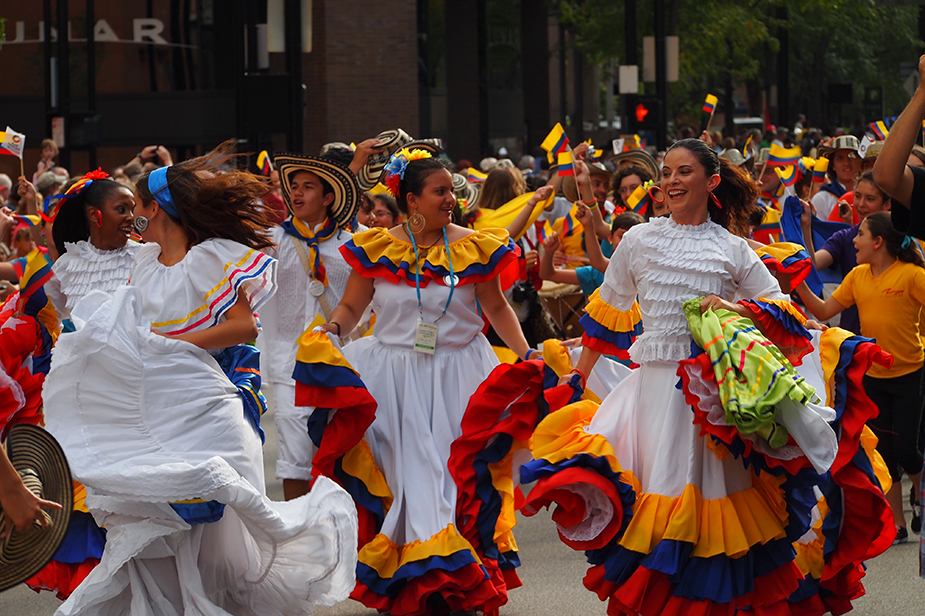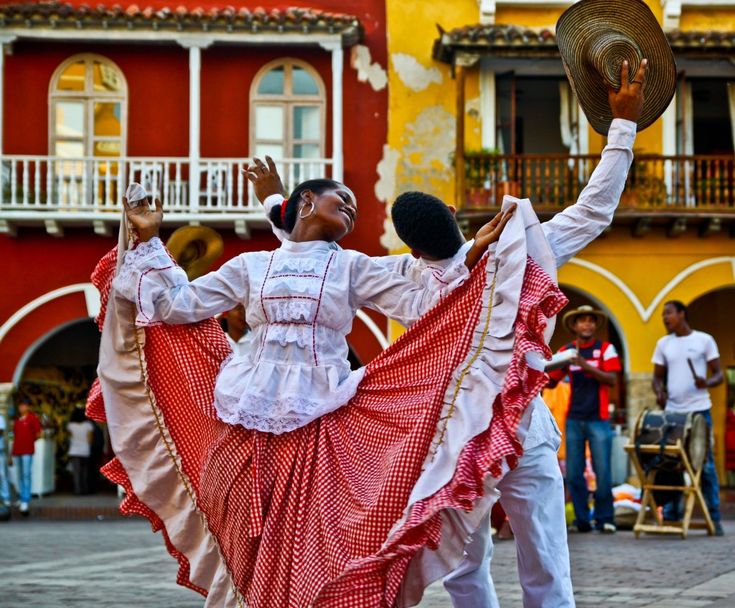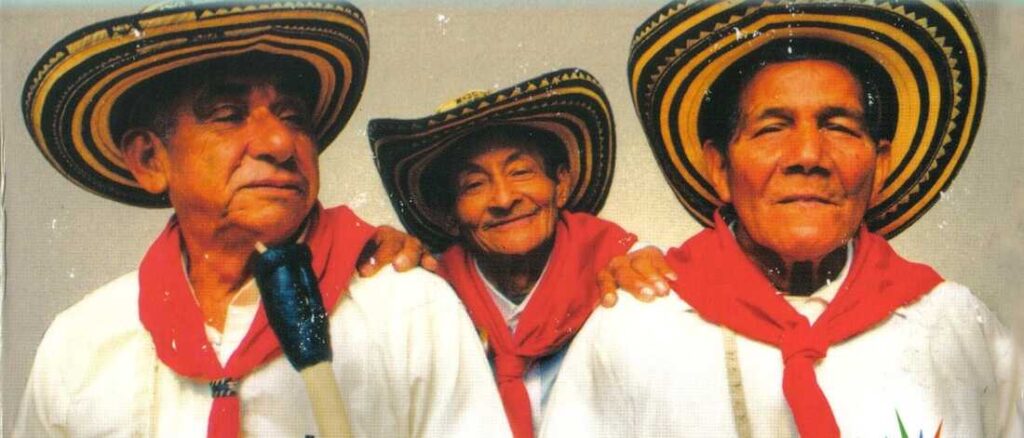
Cumbia is one of the most emblematic rhythms of Latin America, originating on the Caribbean coast of Colombia. This musical blend is born from the unique combination of Indigenous, African, and European cultures, which together created a contagious rhythm full of history. Today, cumbia resonates across the continent, adapting to different realities and gaining new meanings in countries like Mexico, Argentina, Peru, and Chile.

Cumbia is much more than a dance or rhythm. It is a living expression of cultural encounter. From the Indigenous side came flutes and percussion instruments used in traditional rituals and festivals. From the African heritage came the drums and syncopated rhythms that give the dance its soul. Europeans brought instruments like the accordion and flute, along with musical structures that helped shape the genre.
This fusion created a unique sound, a symbol of Latin American cultural syncretism.
The word “cumbia” likely comes from the Kimbundu language of Angola, meaning “dance.” From the 17th and 18th centuries, in Afro-Indigenous communities along Colombia’s Caribbean coast, cumbia began as a form of social and spiritual celebration. Its rhythm and dance were fundamental parts of rituals, religious festivals, and community gatherings.
More than entertainment, cumbia served as cultural resistance against colonization and European imposition. It remains a space where Indigenous peoples and descendants of Africans affirm their identity and histories.
Mais do que entretenimento, a cumbia foi uma forma de resistência cultural contra a colonização e a imposição europeia. Era, e ainda é, um território onde povos originários e descendentes de africanos afirmam sua identidade e histórias.
The traditional cumbia dance features dragging steps, hip movements, and an interaction between men and women. The traditional attire reinforces this history: women wear long, flowing skirts often in white, while men dress simply, often with a hat. This visual reflects the cultural encounter that gave rise to the rhythm.
Originally, the dance had a ceremonial character, symbolizing encounters between the sacred and profane, heaven and earth.
Over time, cumbia left its original territory and spread across Latin America, gaining new forms:
Despite these variations, the heart of cumbia remains firm: celebrating life, resistance, and Latin American culture.

Cumbia translates the history of a continent marked by encounters and mixing through sound. Every step and beat tells stories of resistance, joy, and identity. It is a living culture that resists and reinvents itself with each generation.
And that legacy is alive and global. Puerto Rican superstar Bad Bunny, one of the most streamed artists in the world, has embraced tropical and Caribbean influences, including cumbia. In tracks like “Neverita” and “Después de la Playa,” he plays with old-school rhythms and instrumentation that echo the festive, syncopated energy of cumbia. His ability to blend tradition with contemporary sound helps bring Latin heritage to younger global audiences, keeping cumbia relevant on digital dance floors.